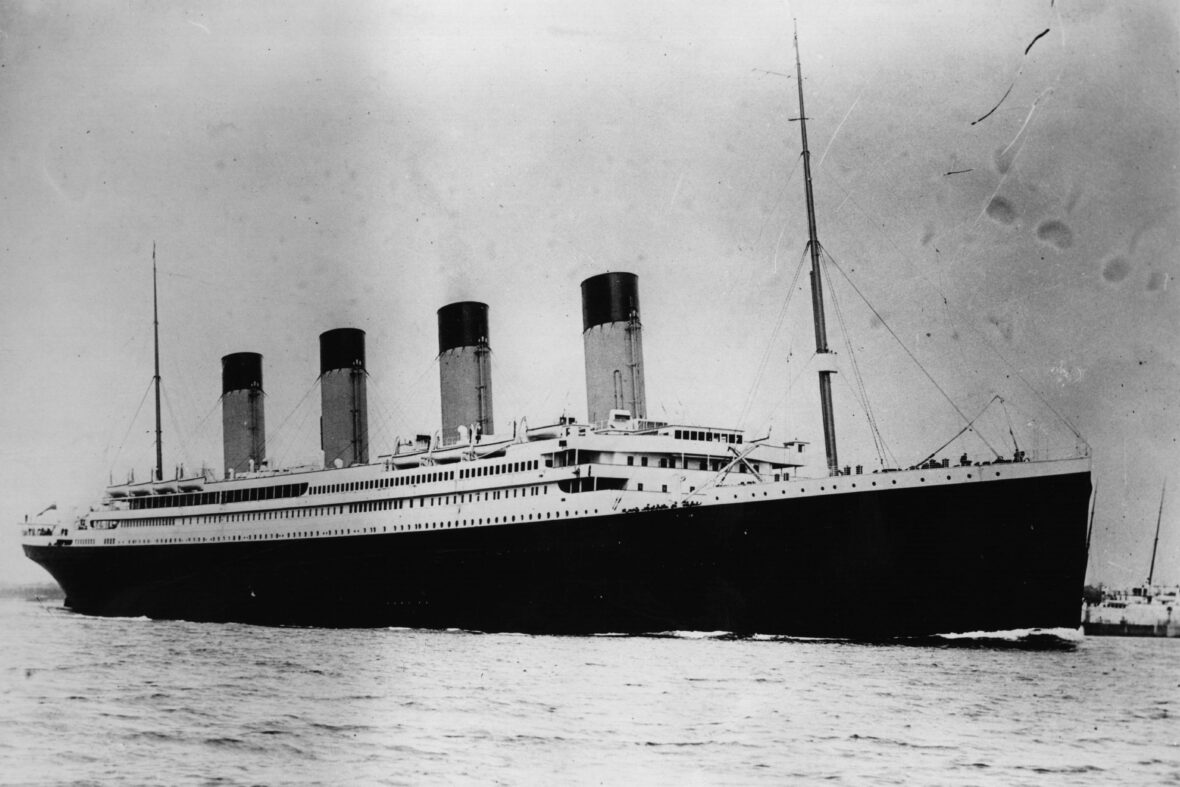In the early hours on the 15th of April, 1912, the British luxury passenger ship, the Titanic, sank off the coast of Newfoundland, after hitting an iceberg. Over a century later the Titanic’s disaster remains one of the most fascinating stories inspiring numerous books, articles, and films. Take a look below for 30 fascinating and interesting facts about the boat Titanic.
1. The Titanic was a creation of intense competition among rival shipping lines, the White Star Line and Cunard.
2. When Cunard revealed its 2 magnificent liners, the chief executive of White Star, discussed the construction of 3 large ships, each measuring 882 feet in length and 92.5 feet at their widest point, making them the largest of their time.
3. The work on the Titanic began in the massive Harland and Wolff shipyard in Belfast, Ireland, in March 1909, and continued nonstop for two years.
4. On the 31st of May, 1911, Titanic’s enormous hull, the largest movable manmade object in the world at the time, made its way into the River Lagan in Belfast.
5. More than 100,000 people attended the launching of the Titanic.
6. During 1912, thousands of workers spend hours constructing the ship’s decks, extravagant interiors, and installing the 29 giant boilers that would power the Titanic’s two main steam engines.
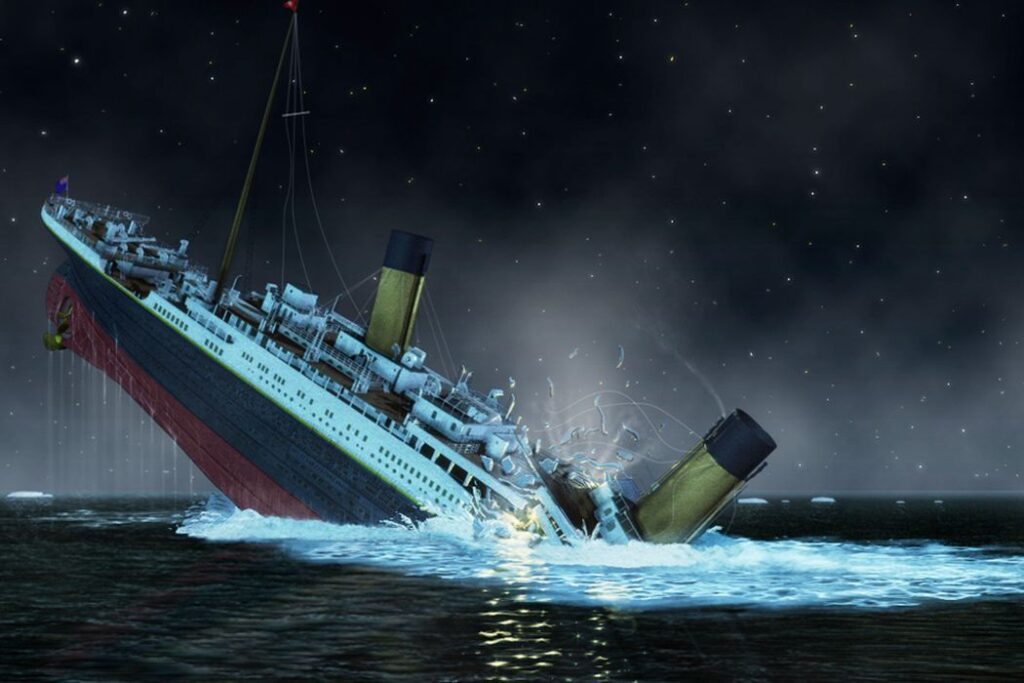
7. The ship cost $7.5 million to build.
8. James Cameron’s 1997 “Titanic” movie about the disaster had a production budget of $200 million.
9. According to some theories, the Titanic was disaster-prone from the start by a design that many lauded as state-of-the-art.
10. It was the watertight bulkheads that inspired Shipbuilder magazine, to deem the Titanic as “practically unsinkable.”
11. The watertight section design had a flaw that was a critical factor in the Titanic’s sinking.
12. The second critical safety failure was the insufficient number of lifeboats carried on the Titanic.
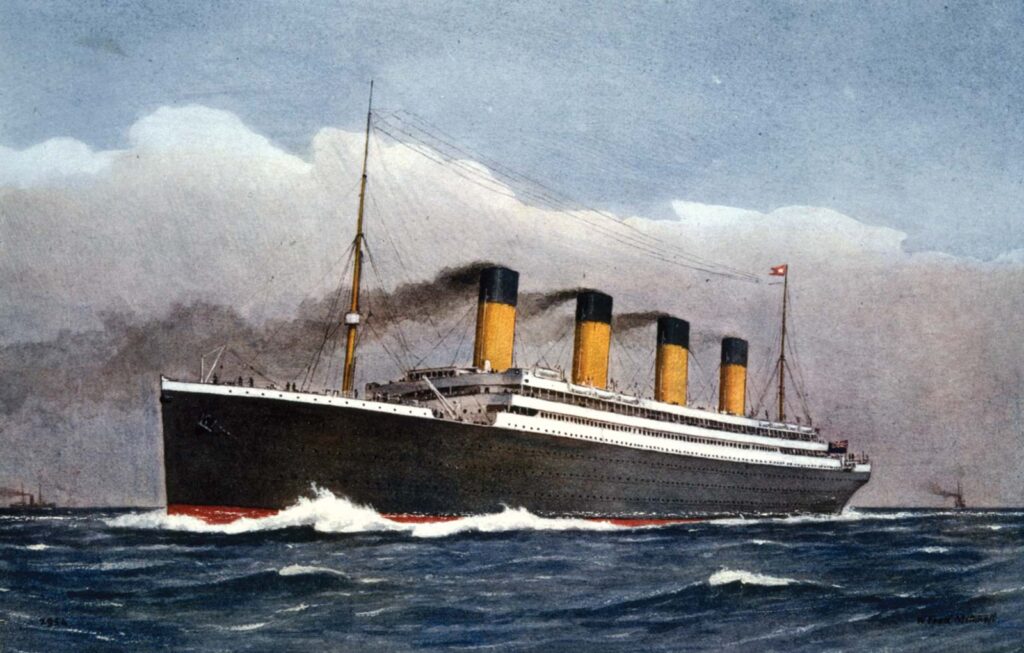
13. The Titanic had only 16 boats, plus four collapsible boats of the Engelhardt type, that could accommodate just 1,178 people.
14. The Titanic could carry up to 2,435 passengers, and a crew of approximately 900 bringing the ship to a capacity of more than 3,300 people.
15. Titanic created quite a fuss when it departed from Southampton, England, on the 10th of April, 1912.
16. After stops in Cherbourg, France, and Queenstown, Ireland, the ship set sail for New York with 2,240 passengers and crew on board.
17. From the total number of 2,240 passengers and crew onboard the Titanic, more than 1,500 lost their lives in the devastating tragedy.
18. The passengers traveling first class on the Titanic were roughly 44 % more likely to survive than other passengers.
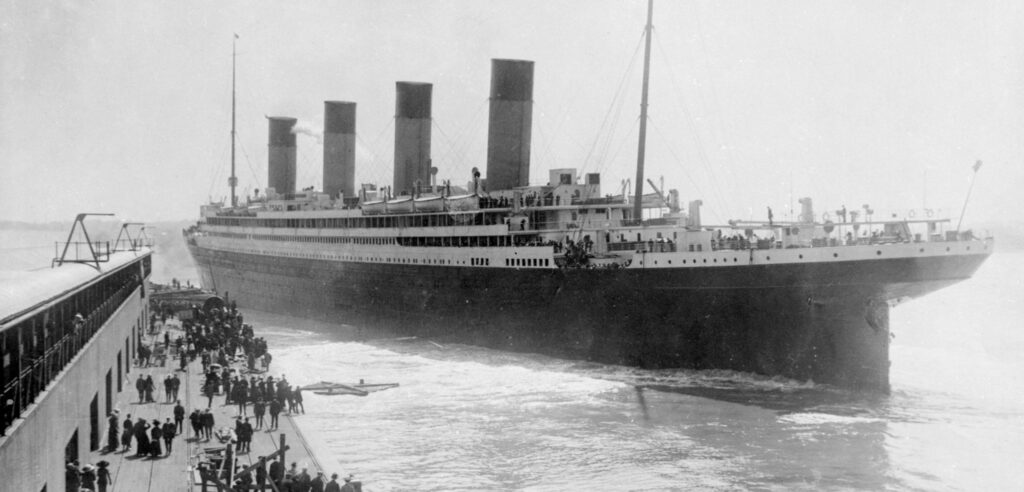
19. Many of the passengers were high-ranking officials, wealthy industrialists, dignitaries, and celebrities.
20. The White Star Line’s managing director, J. Bruce Ismay, was aboard the ship while the financier J.P. Morgan cancelled at the last minute due to some business matter.
21. The wealthiest passenger on the Titanic was John Jacob Astor IV, heir to the Astor family fortune.
22. The widow and heiress Margaret “Molly” Brown earned the nickname “The Unsinkable Molly Brown” by maintaining calmness and order and boosting the spirits of her fellow survivors.
23. The Titanic’s departure from Southampton wasn’t without some peculiarities, because in one of the bunkers a small coal fire was discovered.
24. After assessing the situation, the captain and chief engineer concluded that it was unlikely it had caused any damage that could affect the hull structure.
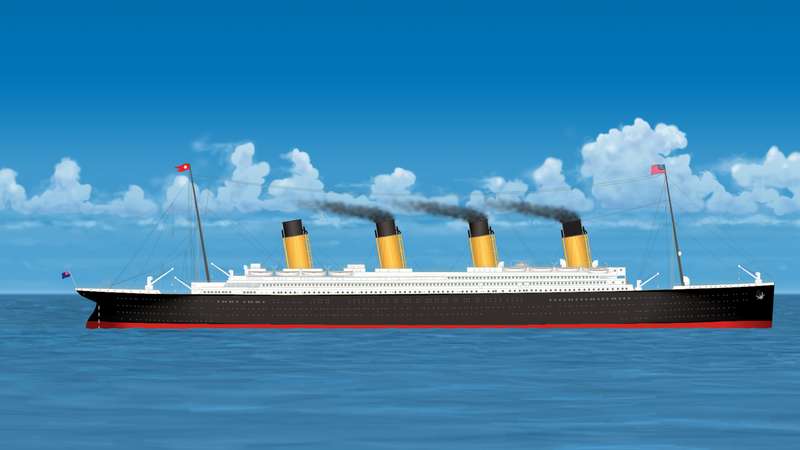
25. Another unsettling event took place when Titanic left the Southampton dock narrowly escaping a collision with the America Line’s S.S. New York.
26. Superstitious Titanic fans sometimes point to this accident as the worst kind of omen for a ship departing on its first voyage.
27. On the 14th of April at about 11:30 p.m., a lookout saw an iceberg. The engines made a sharp turn and the Titanic seemed to graze along the side of the berg, sprinkling ice fragments on the forward deck.
28. Unaware of the danger, the lookouts were relieved, not knowing that the iceberg had a sharp underwater spur, which slashed a 300-foot gash in the hull below the ship’s waterline.
29. Five compartments were already filling with seawater, and the bow of the ship was alarmingly leaned downward, by the time the captain saw the damaged area with Thomas Andrews, the designer of the Titanic.
30. Andrews did a quick calculation and estimated that Titanic might remain afloat for an hour and a half, perhaps slightly more.

